Does your homestead landscape have some empty space that could become a rock garden? Also known as a rockery, a rock garden adds dramatic year-round visual interest to any landscape while expanding the type of plants you can grow.
A rock garden, glowing with brightly colored perennials, can add a splash of color to an otherwise dark corner of your landscape. Planted with perennial culinary and medicinal herbaceous plants, the homestead rock garden adds value to the property. The plants can function as a storehouse of fresh herbs for personal use, or to sell as a cash crop at the local farmer’s market.
Planning A Rock Garden
When it comes to planning out the rock garden, use your imagination! A rock garden can be as small or as large as you want. Do the research to determine what species of plants will grow best in your area, and select the rock garden layout from there. An Internet search, or visit to a local landscape nursery, for inspiration is a good starting point.
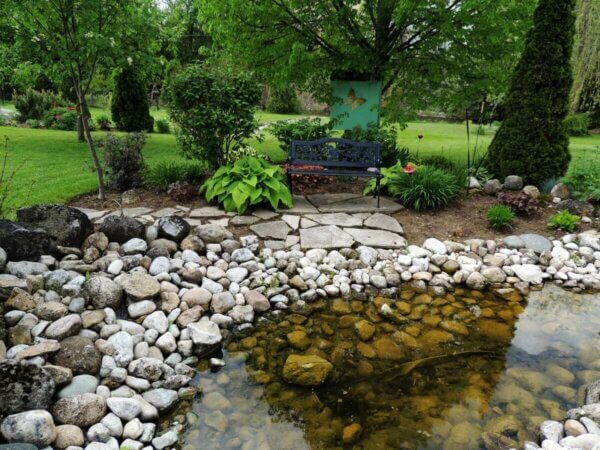
Choose plants for your rock garden based on size, color, and growing habits. Plants native to your area are most likely to flourish, as they are acclimated to local growing conditions.
Choosing A Location
Most types of plants that grow well in rock gardens require adequate light. Build and develop your rock garden where it will receive plenty of sunshine, away from shade and shadows that are created from trees and buildings. It is best to select a location that will have a few hours of strong sunlight, rather than one that receives light shade throughout the day.
Preparing The Rock Garden
Cultivate the soil well, removing rocks, weeds, and debris. By having a clear area, you’ll be able to have a “blank canvas” for laying out your rocks. Additionally, the lack of weeds and debris will allow the plants in your rock garden to flourish!
Getting Started
Experienced gardeners suggest getting started on your rock garden in the fall or winter, allowing the rocks and soil a chance to settle before adding plants in the spring. In northern climates, planting perennial plants in the spring allows the plant to be well established before winter winds blow.
Selecting The Best Rocks
Keep in mind that when designing a rock garden, the rocks selected for the garden are just as important as the plants. When laying out the design of your rock garden, always place the largest rocks first and finish up with smaller stones.
https://www.instagram.com/p/BW8jdkLgfWh
Bury larger rocks with at least a third of the rock below the soil level to create a natural appearance. A rock garden can be contoured as an erosion control diversion when landscaping on a steep slope. To achieve harmony, continuity, and balance, use just one type of stone per garden.
Positioning The Rocks
When laying out the stones, be creative and take advantage of where you place each stone to show it off. If the stone selected for the rock garden displays layers, or strata, it is best to place them in a horizontal direction to mimic nature.
https://www.instagram.com/p/BXAjvPrAXzv
Position boulders and stones in conjunction with soil berms to create rock garden topography of peaks and valleys. Placing them in this way will also encourage drainage. Most rock garden plants require fast-draining soil and cannot live in an environment of standing water.
Once you are finished with stone selection, placement, and soil amendments, it is time to choose hardy, low-maintenance plants acclimated to your U.S. Plant Hardiness Zone.
Northern Rock Gardens
A well-planned rock garden provides an ideal environment for many alpine species in northern climates. Alpine-type plants grow best on rocky mountain slopes with excellent drainage and plenty of light. By adding rocks, and doing a bit of planning, the home gardener can “mimic” the plant’s native habitat in miniature.
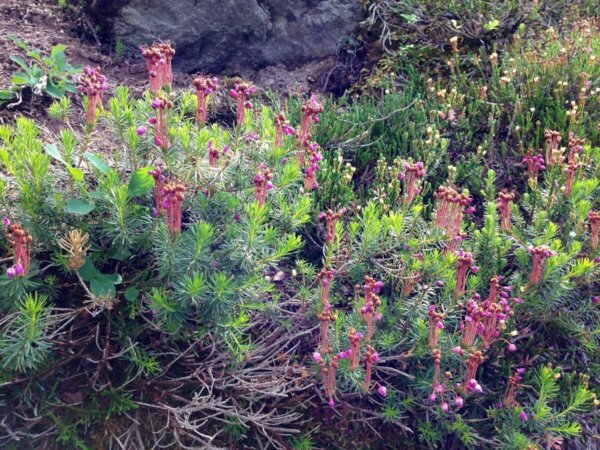
Alpine plants thrive in most any type of soil with excellent drainage. They are adaptive and will do quite well in dry and impoverished soil, but will do much better in a loose mix of well-drained, nutrient-rich soil.
Creating Ideal Soil Conditions
To provide these conditions in the garden, prepare a soil mixture to pack between the rocks. Blend a mixture of three parts organic topsoil, 1 part aged herbivore (horse, cow, sheep, goat, llama) manure, one part peat moss, one part small washed gravel or coarse horticultural grit, and one-part horticultural sand.
Blend this mixture well. Do not use sand you gathered at the beach: the salts and other contaminants in the sand will kill your plants.
Information On Alpine Plants
When choosing flowers for northern rock gardens, be sure to check the United States Plant Hardiness Zone for the plants you are considering. Keep in mind when you’re planning your garden that alpine plants are perennials. There are no annual alpine plants.
Alpine plants are propagated from seed, bulbs, tubers, or rootstock. Iris, Tulips, Narcissus, Northern Blue Flag, Bluets, Canada Anemone, Ice plant, Crocus, Wild Bergamot, and Joe-Pye Weed do well in northern rock gardens.
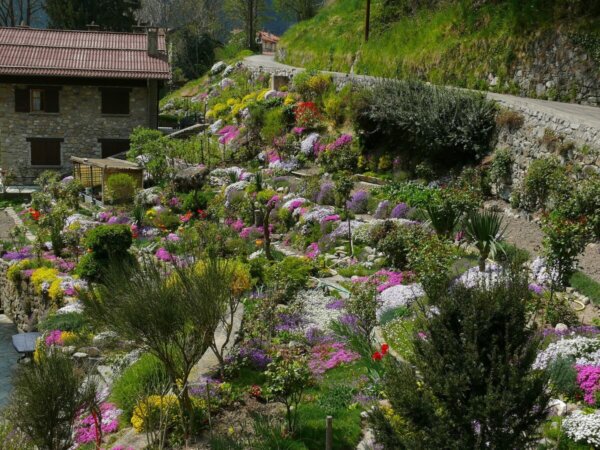
Joe-Pye Weed is an especially vigorous plant with delicate flowers whose scent attracts hummingbirds, butterflies, and bees.
Altitude also factors into plant selection. Alpine plants, suitable for rock garden planting, typically do best in high altitudes. Alpine plants are usually small, low-growing plants that are tolerant of extreme temperatures. Most alpine plants are exceptionally hardy, woody, and evergreen. They may be herbaceous or deciduous as well.
Alpine plants are well suited for northern rock gardens, as they are minimal and barely touched by cold north winds. Small and compact, alpine plants can bear the weight of heavy winter snow loads.
Other Effective Plants For Northern Rock Gardens
Although not considered alpines, Dianthus (known as “Pinks”), all varieties of Sedum, Pasque Flower, and Creeping Thyme thrive in northern alpine rock gardens.
Winter hardy Variegated Creeping Thyme, Creeping Phlox, Rock Soapwort, Chick and Hens, and English Ivy make attractive additions to your northern rock garden.
https://www.instagram.com/p/BW6LnjMgQ9m
Kinnikinnik, a low-growing and cold-hardy evergreen, is undoubtedly the best native ground cover for homestead gardens in the Pacific Northwest.
Positioning The Plants
When choosing plants for your rock garden, select low-growing perennial plants to place in the foreground. Pick a few taller plants for balance, height, and to complement large boulders or a rock outcropping. Medium sized winter-hardy plants suitable for rock garden placement include Lavender, Pennycress, Autumn Joy Sedum, Columbine, Iris, California Poppies, Bellflowers, and Moonbeam Coreopsis.
https://www.instagram.com/p/BW5SjdZDPe-
In addition to alpine plants and low-growing winter hardy perennials, a rock garden can include ornamental grasses. These grasses include Purple Fountain Grass, Bottlebrush Grass, Northern Prairie Dropseed, and small shrubs and dwarf conifers such as Blue Rug Juniper.
Consider Hardiness Zones
When purchasing rock garden plants online, from a nursery, greenhouse, or local garden center, determine where the stock originated. Plant stock from a warm climate may be less hardy than is required for your northern garden. It is best to choose plants cultivated in United States Hardiness Zones 2 through 4. The lower the zone number, the hardier the plant. Select robust plants with a strong and well-developed root system.
Southwestern Rock Gardens
If you live in a hot, southwestern climate, you have the ability to duplicate the rocky and arid conditions of the desert to cultivate cacti and succulents.
https://www.instagram.com/p/BW7t_72FBnb
When adding a hardscape element such as a rock garden to your landscape, select native rocks that blend with other rocks or rock materials on your property.
Euphorbia Plants
When choosing plants for a dry and arid rock garden location, you can’t go wrong with Euphorbia. An awesome family of succulents available in a diverse array of sizes, shapes, and colors, Euphoria are extremely drought and heat tolerant.
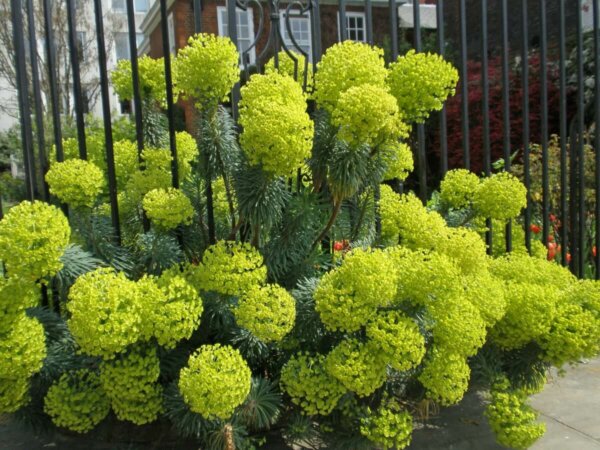
Euphorbia presents shallow roots for ease of planting between rocks and landscape elements. While most varieties of Euphorbia are low growing ground covers that are less than six inches tall at maturity, other varieties can reach six feet tall.
Check the plant label to make sure you are getting the appropriate size for your rock or wall garden site. Myrtle Spurge is a favorite for its delicate leaves and sunshine yellow flowers. The easy to grow plant forms mounds 12-to-18 inches wide, and 8-to-12 inches tall.
Talk To The Professionals
Depending on the size and scope of your rock garden project, you may want to consider consulting an established professional landscape contractor. The contractor can secure an estimate on the materials and installation cost of the project you have in mind.
If you are planning a small rock garden, you can manage with a little muscle, shovel, crowbar, and wheelbarrow.
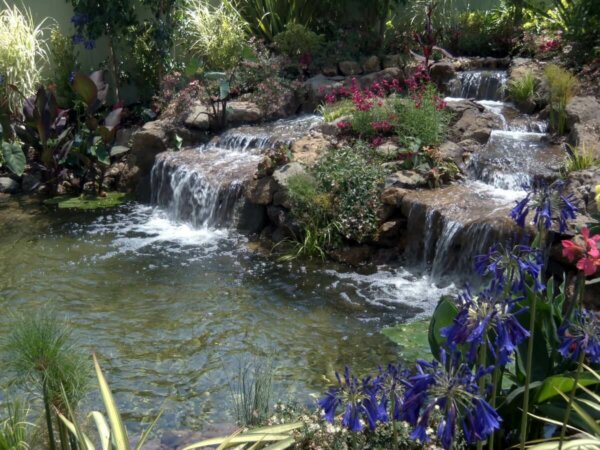
By planning ahead, you may realize that you want to leave the job in the hands of professionals who are experienced and equipped to do the job properly. Realizing this sooner, rather than later, will save you a lot of time and heartache.
Final Thoughts
Keep in mind that some rock gardens may be a bit slow to establish. The majority of rock garden plants and ground covers require two to three years to become sufficiently dense. Once the plants are dense, they will provide full soil coverage and control weeds.
https://www.instagram.com/p/BW2v8oigT9L
Fast-growing plants can help fill in bare spaces, and then be cut back or transplanted to other locations as the rock garden matures. Be patient, and you will have a eye-catching rock garden in no time!
References:
- Native Plant Landscaping Made Easy, King County
- Ground Covers & Rock Gardens, Colorado State University Extension
- Garden Of The Season, Alpine Garden Society
- Myrtle Spruge, Colorado Department of Agriculture
- Alpines & Rock Gardens, Let’s Go Gardening


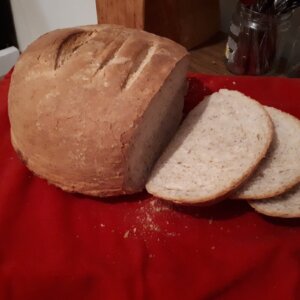

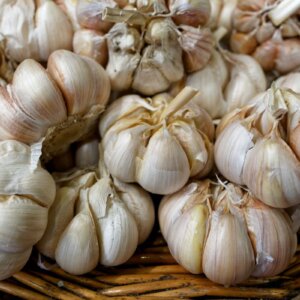


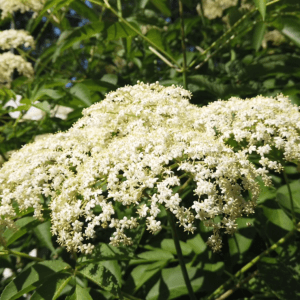

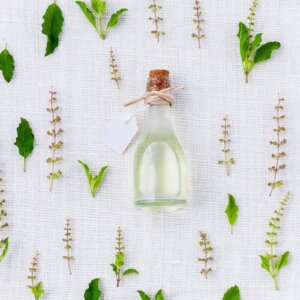

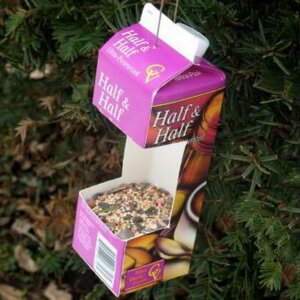

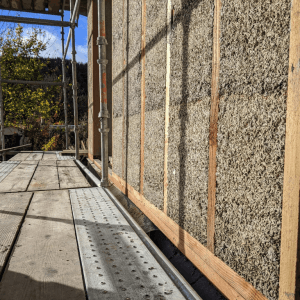

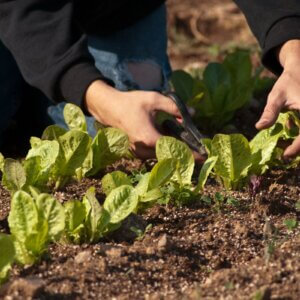


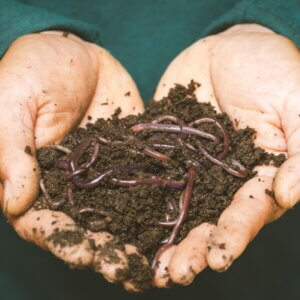


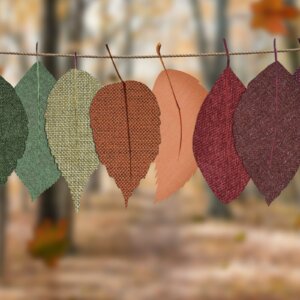



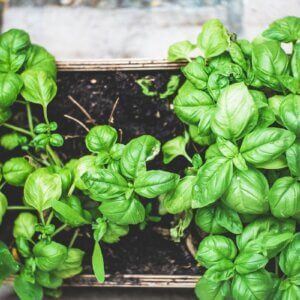
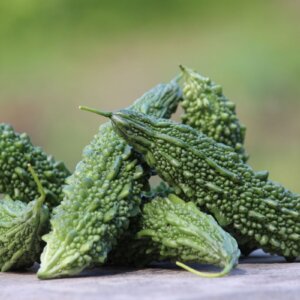


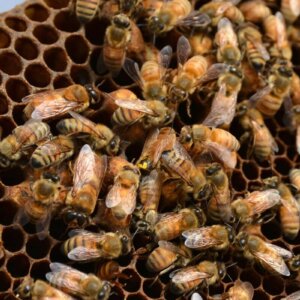


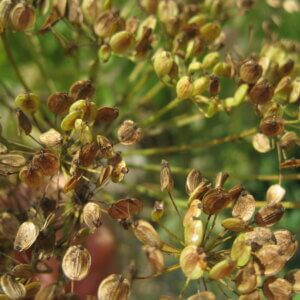



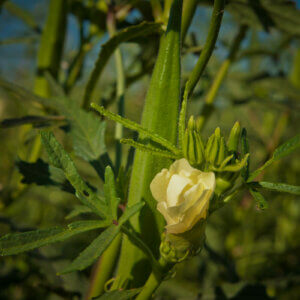

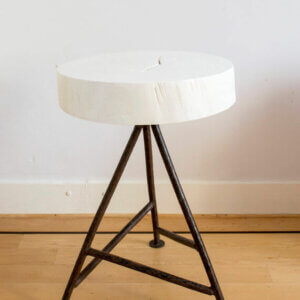

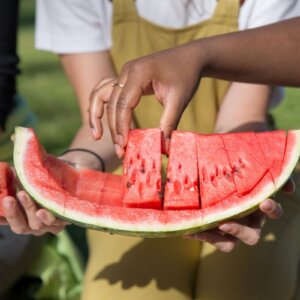
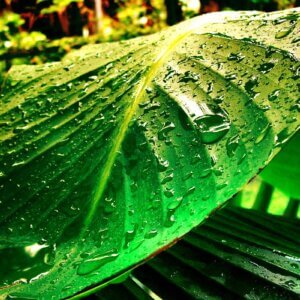
Leave a Reply